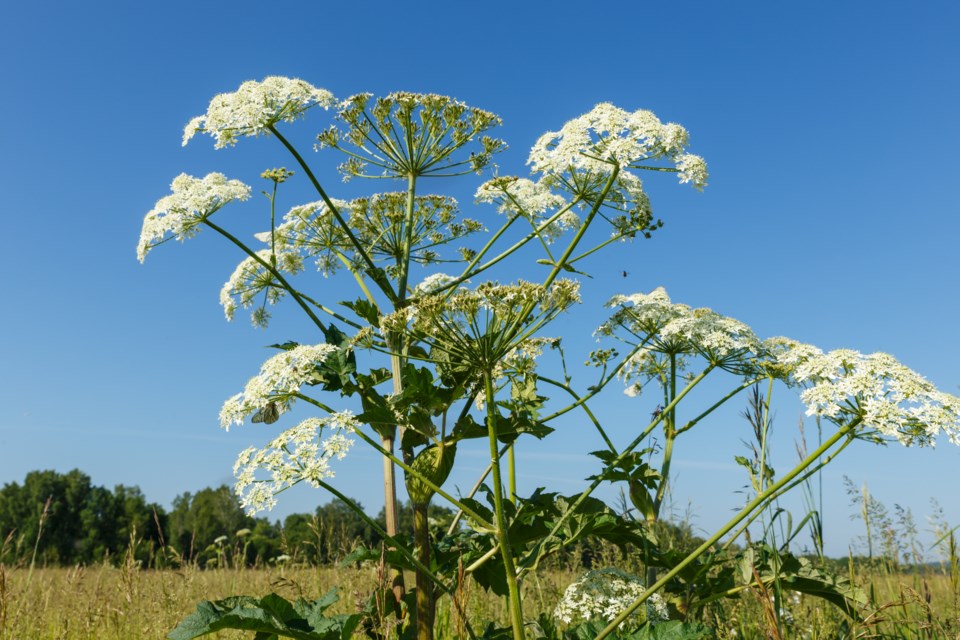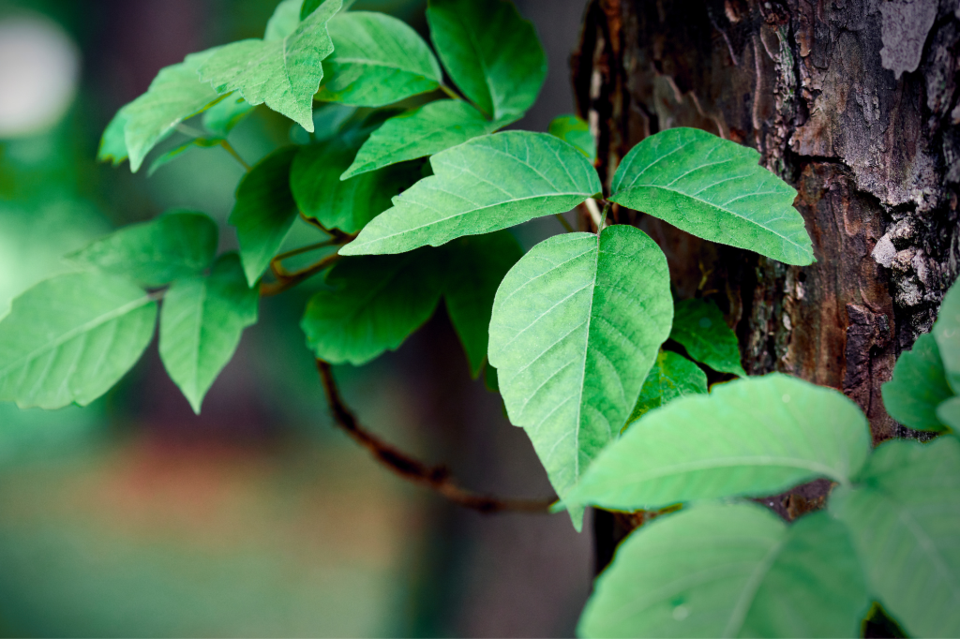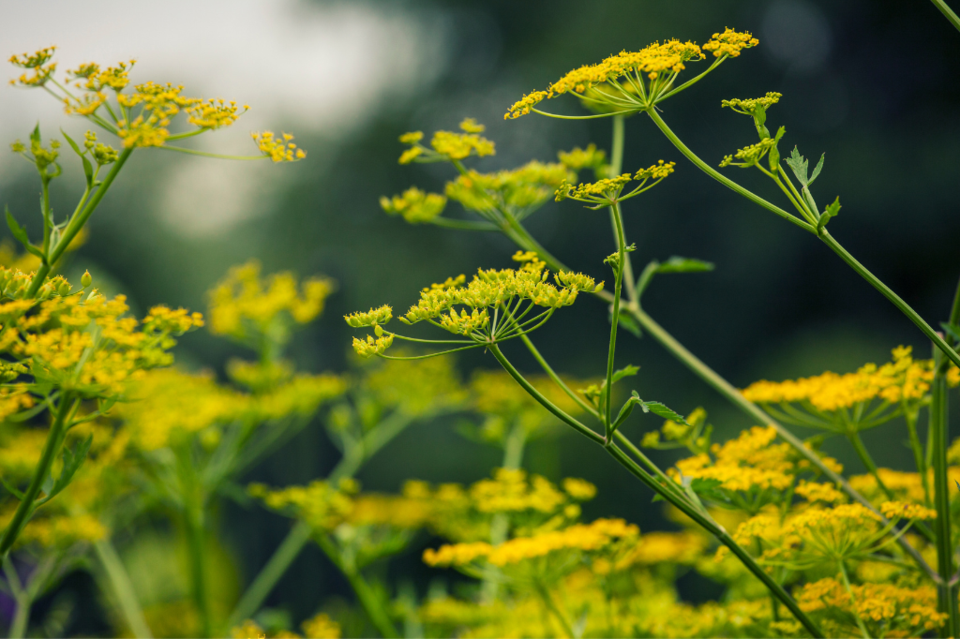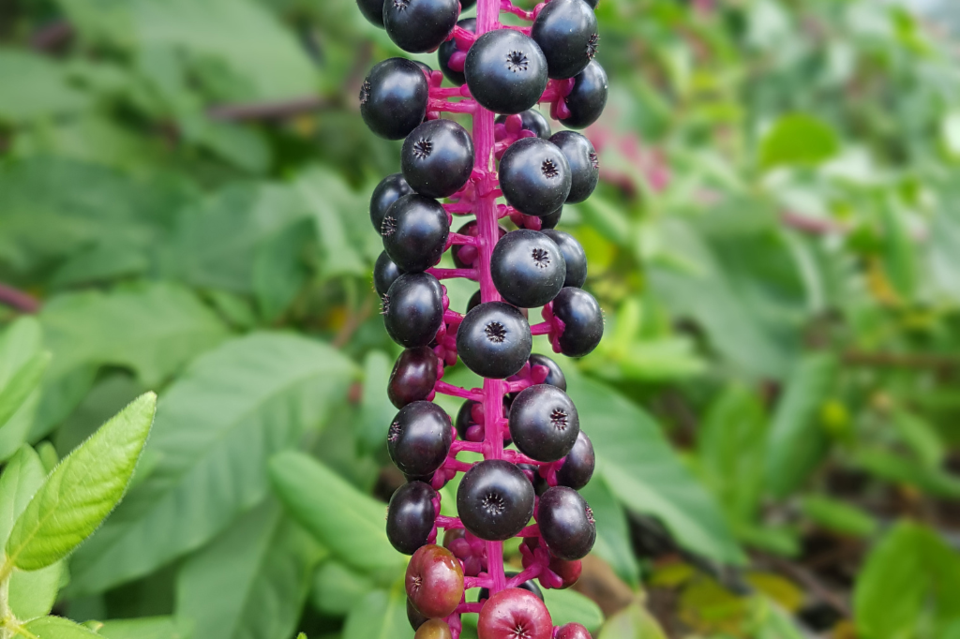Ontario's natural landscape is bursting with vibrant flora, but beneath the beauty can lurk hidden dangers. Many common plants harbour toxins that can cause everything from mild irritation to serious health problems.
Whether you're an avid gardener or a nature enthusiast, familiarizing yourself with these botanical bad boys is essential. Here's a list of some of the most common poisonous plants found in Ontario:
Poison Ivy (Toxicodendron radicans):
The infamous "leaves of three, let it be" saying serves as a warning against this dreaded plant, poison ivy. Its glossy green leaves, arranged alternately, consist of three leaflets, with the middle one sporting a notably longer stalk. The leaf edges can be smooth or toothed. Poison ivy thrives along forest edges, in meadows, forest openings, and trails. However, despite its innocuous appearance, it packs a potent punch with urushiol, a strong antigen triggering allergic contact dermatitis in 60 to 80 percent of those exposed. This oil resin can linger on objects like clothing, shoes, or pet fur, transferring the allergen to the skin upon contact.
Poison Oak:
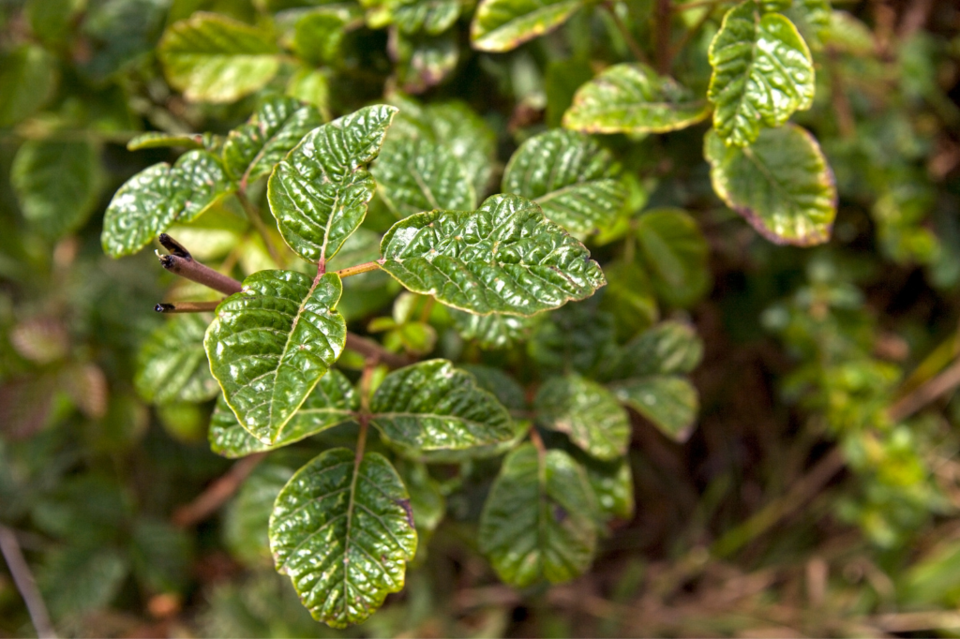
Poison oak is characterized by leaves with multiple lobes. The underside of these leaves is lighter green and covered in hair. Initial exposure may lead to redness and itching, with the rash typically appearing within hours but possibly taking up to five days after contact. The rash occurs at points of skin contact with the plant and progresses to papules or blisters over time.
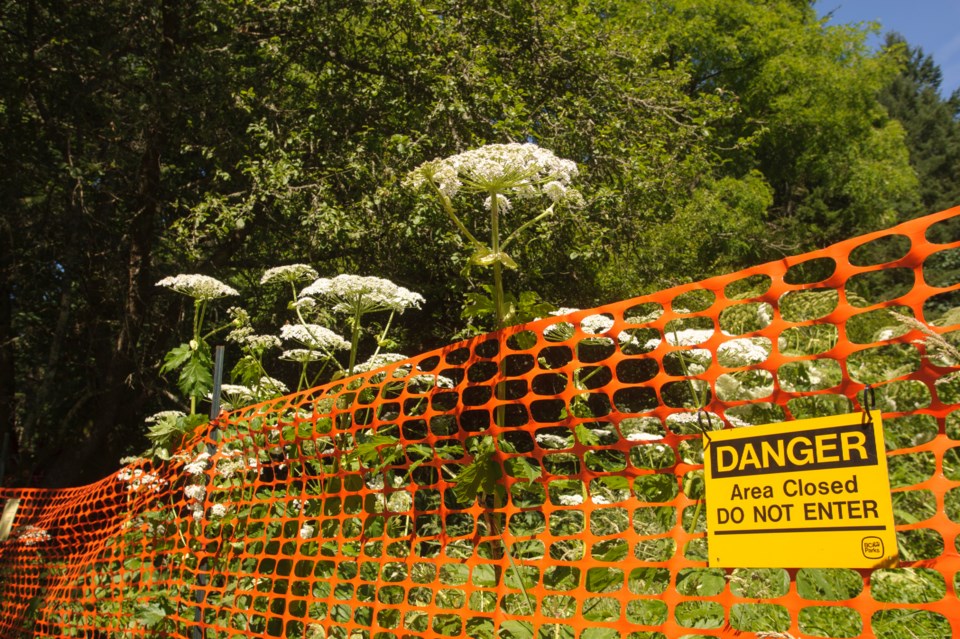
Giant Hogweed (Heracleum mantegazzianum):
Reaching towering heights of 4 to 5 meters, giant hogweed boasts a reddish-purple stem with a diameter ranging from 5 to 10 centimetres. Its flowering period spans from June to September, showcasing impressive clusters of flowers up to 1.1 meters wide, each cluster bearing 30 to 20 flowers. This invasive species proliferates along roadsides, trails, and stream banks. However, contact with giant hogweed can lead to severe skin burns. Its sap contains furocoumarins, triggering serious skin inflammation upon sun exposure, causing significant discomfort and potential long-term damage.
Wild Parsnip (Pastinaca sativa):
Wild parsnip, standing tall between 50 and 150 centimetres, boasts compound leaves arranged alternately along its stem, with mitten-shaped leaflets. Its yellow flowers form a flat-topped umbrella-like cluster, visible from late May through early fall, exuding a distinct parsnip fragrance. Similar to giant hogweed, wild parsnip harbours a toxic sap that triggers phytophotodermatitis upon skin contact followed by sunlight exposure, leading to painful burns, blisters, and skin discoloration.
Pokeweed (Phytolacca americana L.):
Pokeweed, found in meadows, woodland edges, and waste areas across Southwestern Ontario, features a distinctive red trunk-like stem that hollows out as the plant matures. Its large egg-shaped leaves, measuring up to 25 centimetres long, are dark green and alternate along the stem, each attached by a red stalk. The flowers range from green to white, while the fruit starts green and darkens to a deep purple or black when ripe. However, despite its aesthetic appeal, pokeweed poses significant risks as it's poisonous to both humans and animals. Ingesting pokeweed can lead to symptoms such as sweating, blurred vision, abdominal pains, weakness, vomiting, and even unconsciousness.
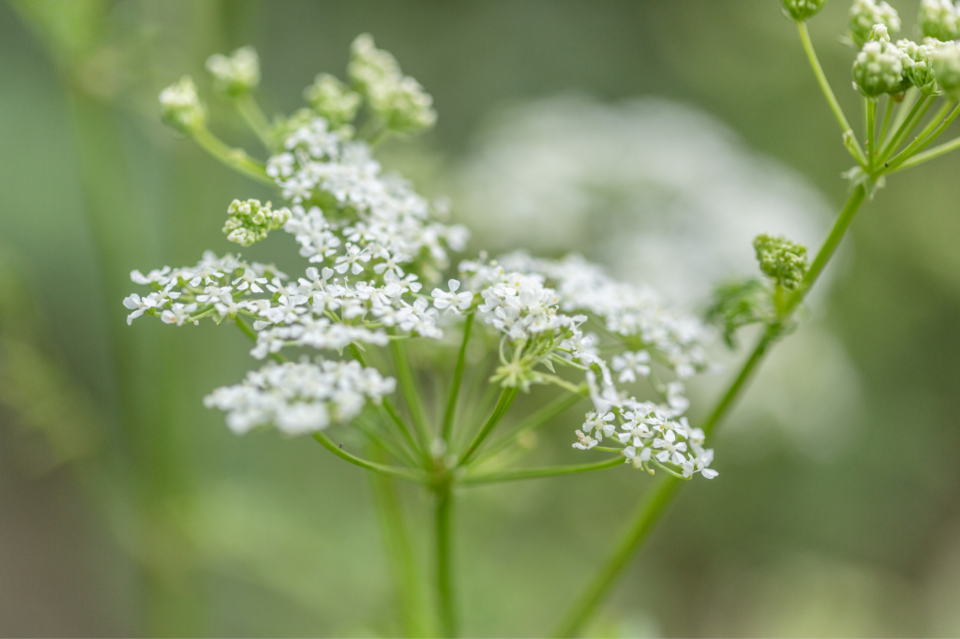
Spotted Water Hemlock (Cicuta maculata):
The spotted water hemlock, reaching heights of up to 2.2 meters, showcases small white flowers resembling inverted umbrellas that bloom between July and August. Its stout green stem, speckled with purple spots, oozes a yellow oily liquid when cut. This plant's habitat spans marshes, swamps, stream banks, ditches, moist thickets, and meadows throughout Ontario. However, despite its picturesque appearance, it harbours cicutoxin, a toxic alcohol targeting the central nervous system. Ingesting this toxin leads to rapid onset of symptoms such as excessive salivation, violent convulsions, severe abdominal pain, and delirium. Within 30 minutes to eight hours, affected individuals may progress to coma and respiratory failure.
As you venture into Ontario's great outdoors, keep this list in mind to ensure a safe and enjoyable experience. Remember, when in doubt, it's best to admire these plants from a distance and avoid direct contact to protect yourself from their harmful effects.

